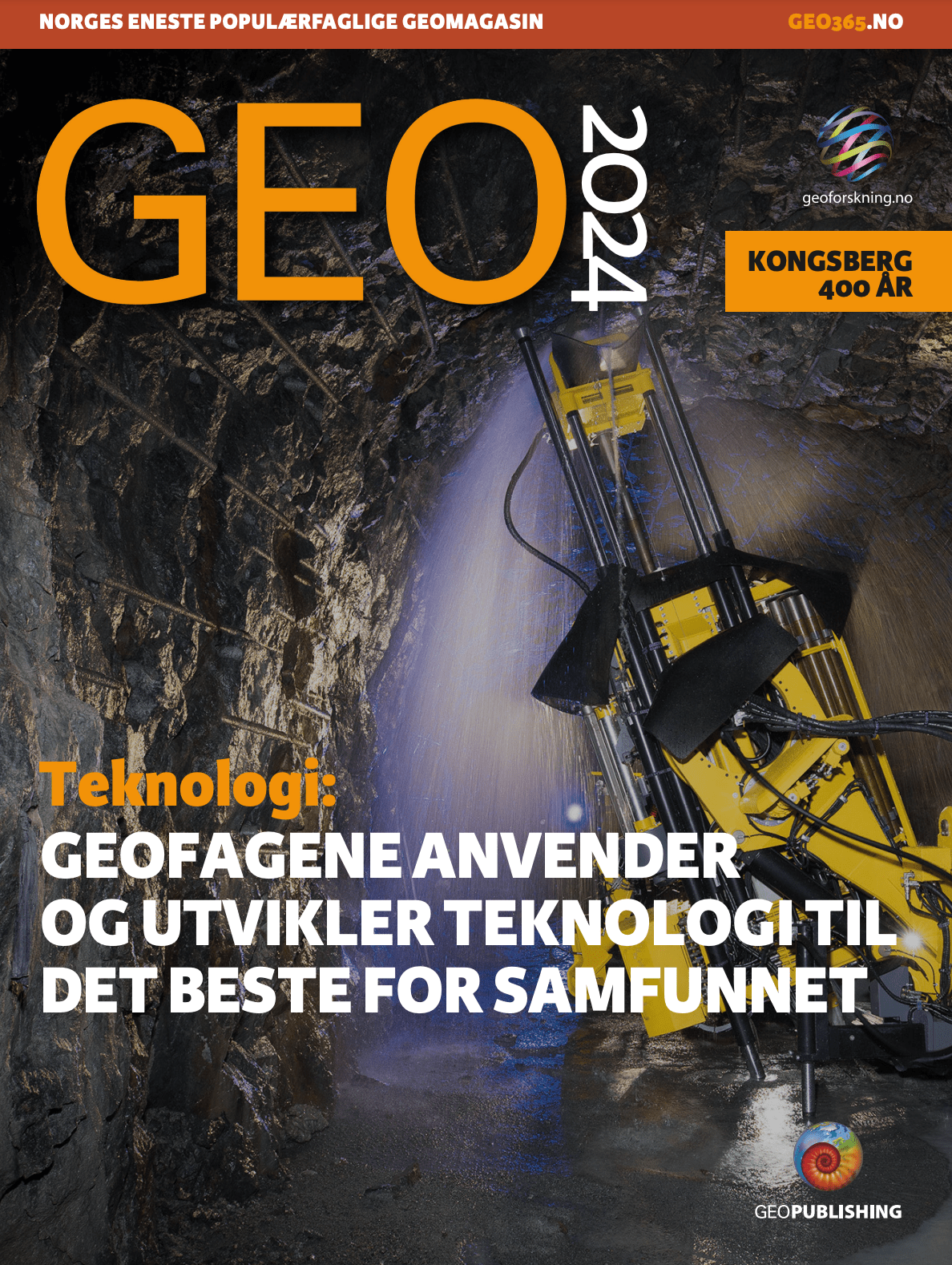The deep sea is enigmatic and full of resources. New Trond Mohn Foundation contributions to the Center for Deep Sea Research can give us new knowledge about the geology, biology, history, processes and resources in the Arctic Ocean.
Centre director Rolf Birger Pedersen. Photo: UiB
– The work we carry out includes both basic research and applied research. Marine mineral resources have been proven in the Norwegian Sea, including metals that may be important for electrification, and which several industrial players are working to extract, says Rolf Birger Pedersen, head of the Center for Deep Sea Research at the University of Bergen (UiB).
The center was founded this year as a result of a generous contribution from the Trond Mohn Foundation (NOK 16 million over 5 years).
However, the competence and work has taken place at UiB over many years through K.G. Jebsen Center for Deep Sea Research (2017 – 2021) and Center for Outstanding Research in Geobiology (2007 – 2017).
This research has made a pioneering contribution to the exploration of Norwegian deep-sea areas, and the first expedition was carried out in 1998.
Since then, more advanced research infrastructure has been built up, and the center currently has, among other things, a remote-controlled submarine (ROV) that can operate down to a depth of 6,000 meters.
– The support from the Trond Mohn Foundation makes it possible, among other things, to carry out cruises and use the best available technology for planned expeditions in the Arctic Ocean. The Arctic Ocean, and the deep seas in general, are full of resources, including metal deep sea minerals.
During the NCS Deep Sea Minerals conference on October 20 and 21, Pedersen will give a key note presentation during the session «Formation and Distribution of Minerals in the Norwegian Sea».
Click here for program and registration
With the support of the Trond Mohn Foundation, the center is now ready to continue its research in extreme environments, such as at a depth of 5,000 meters under the drift ice in the Arctic Ocean.
– We have a goal of understanding the geological development and climate history of the Arctic Ocean and how geological and biological processes in the deep sea affect the marine environment, says Pedersen.
 Active chimney at the Soria Moria vent field east of Jan Mayen. Photo: UiB / Centre for geobiology
Active chimney at the Soria Moria vent field east of Jan Mayen. Photo: UiB / Centre for geobiology
Massive volumes transported
Using advanced new marine technology, the center will also monitor volcanic and geothermal areas in the Norwegian Sea to measure the outflow of hot water circulating along cracks and cavities in the bedrock.
In the world’s oceans, 100 billion cubic meters of seawater are transported daily in and out of the volcanic seabed, but we know very little about what regulates this transport.
This water circulation leads, among other things, to CO2 being bound to minerals under the seabed, and it leads to the formation of marine mineral deposits on the seabed.
The water circulation supplies important nutrients to the oceans and forms the basis for much of the biological diversity found in the deep oceans.



